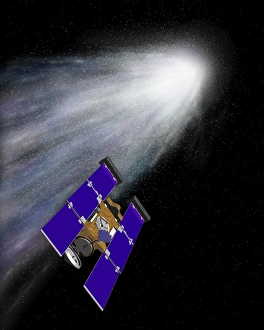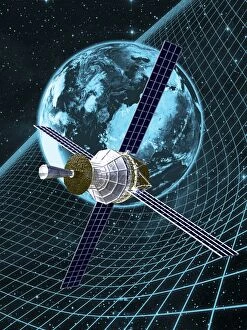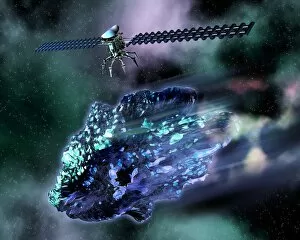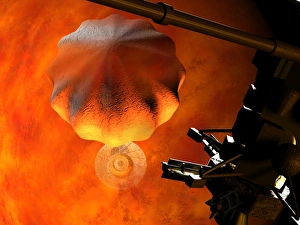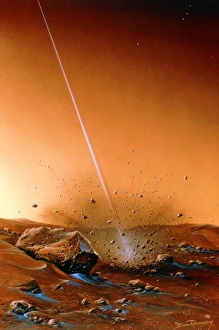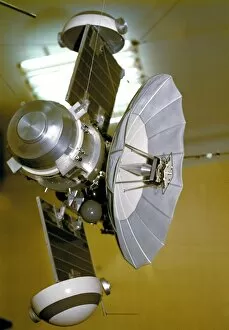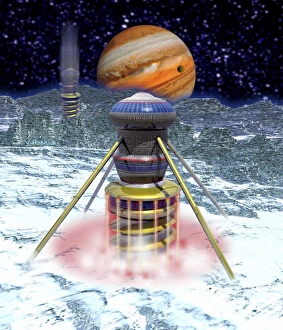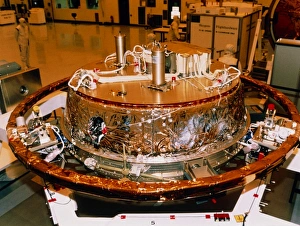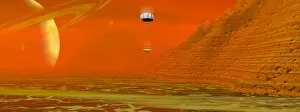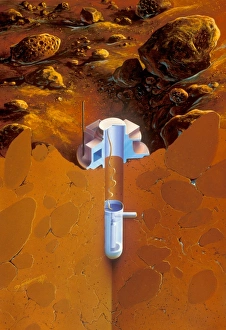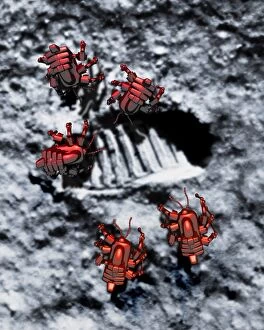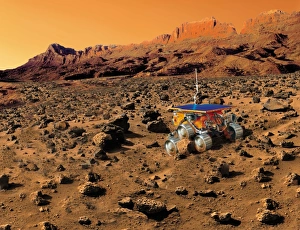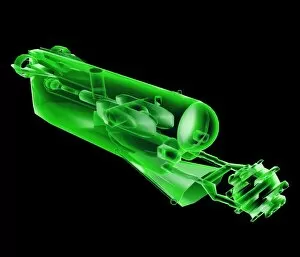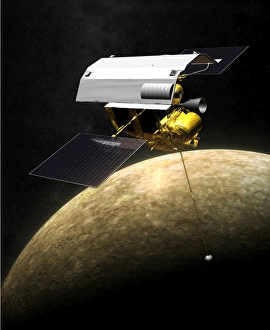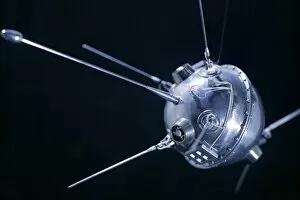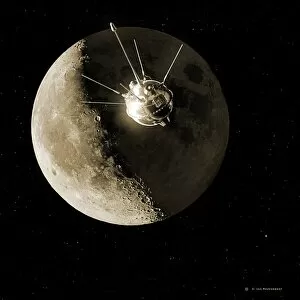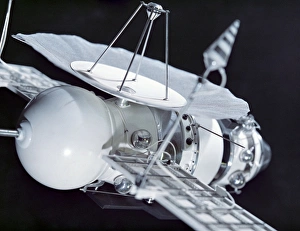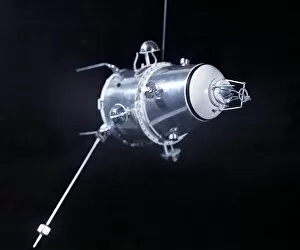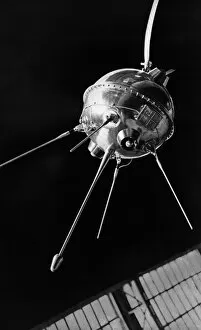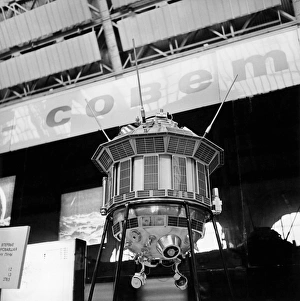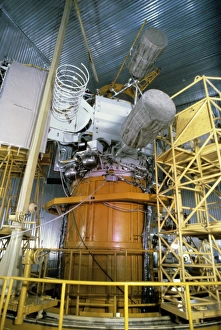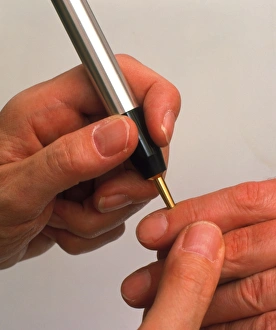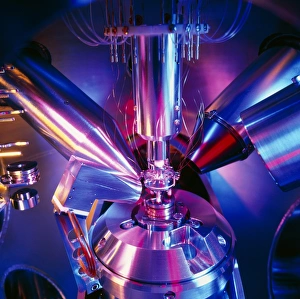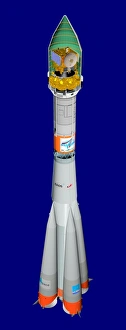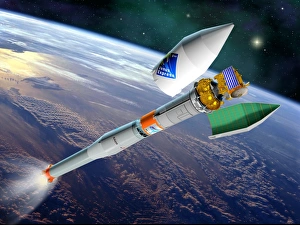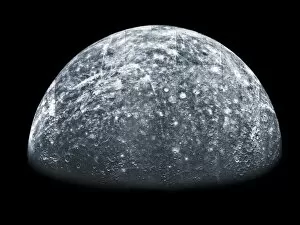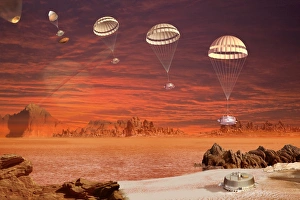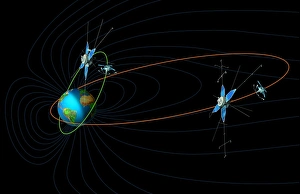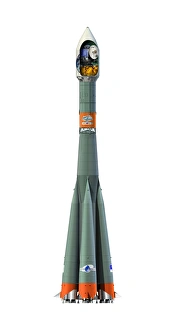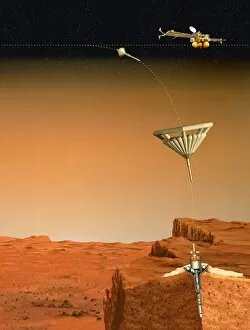Probe Collection (page 7)
Exploring the vast mysteries of our universe, probes have become our eyes and ears in space
All Professionally Made to Order for Quick Shipping
Exploring the vast mysteries of our universe, probes have become our eyes and ears in space. 🚀✨ From Jupiter's mesmerizing moon Io captured by New Horizons to the stunning artwork depicting Curiosity rover on Mars, these technological marvels continue to push boundaries and expand our knowledge. The Cassini spacecraft gracefully orbits Saturn, providing breathtaking images of its majestic rings and enigmatic moon Titan. Accompanied by the awe-inspiring artwork showcasing Cassini-Huygens probe at Saturn, we are reminded of humanity's insatiable curiosity. Mars has been a focal point for exploration with rovers like the Mars Exploration Rover and Curiosity tirelessly traversing its rugged terrain. The captivating artwork featuring Curiosity rover on Mars reminds us of mankind's determination to uncover the secrets hidden within this red planet. Not limited to just Mars, probes have also ventured beyond Earth's orbit. With spacecraft mapping the lunar surface or capturing Venus radar map revealing its North Pole, we gain a deeper understanding of celestial bodies closer to home. Beagle 2 landing on Mars marked an incredible milestone as it touched down successfully on Martian soil. A testament to human ingenuity and perseverance in exploring new frontiers. Voyager spacecraft embarked on an epic journey through our solar system, capturing breathtaking images along their path. Their legacy lives on as Voyager 1 becomes the first man-made object entering interstellar space—a remarkable feat that continues to inspire generations. These probes remind us that there is so much more waiting to be discovered beyond what meets the eye. As they venture into uncharted territories and unravel cosmic wonders, they ignite our imagination and fuel our desire for further exploration.


